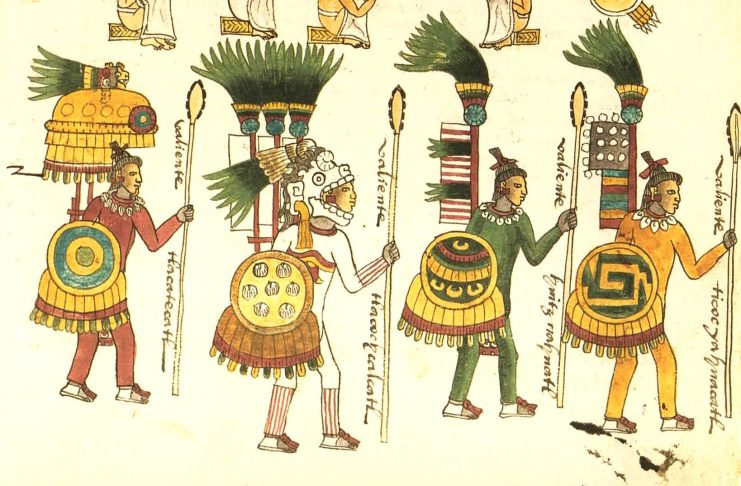
The History of Spirulina
The history of spirulina begins at a time when the Earth would be unrecognizable to us today. Ur, Vaalbara, and Kenorland make up the three main continents. They exist under a toxic atmosphere created by volcanic activity and greenhouse gases. Although young Earth may seem inhospitable, life first forms during this time period. With undisputed scientific evidence, spirulina and other blue-green algae enter Earth’s population 2.1 billion years ago. Some researchers and experts place the birth of spirulina as far back as 3.5 billion years ago, making spirulina one of Earth’s first residents. Spirulina is still alive and reproducing today, making this being one of Earth’s longest enduring species to date.
Fast forward through millions of years of planetary and life evolution to AD 1250 in the Valley of Mexico. Several city-states become one vast ancient civilization called the Aztec Empire. The two most powerful city-states, Culhuacan and Azcapotzalco are situated on the shores of Lake Texcoco. In AD 1325, an ethnic group called the Mexica establish a city-state on an island in the lake and call it Tenochtitlan. Becoming the rulers of the empire and naming the city its capital, the empire begins a journey to prosperity. Within the waters of the lake exists an enormous deposit of spirulina. Once discovered, the blue-green algae became a staple food to Mesoamerican Indians, who harvested the algae with nets and dried it in a similar fashion to production plants today.
On the other side of the world in Africa, spirulina is discovered in lakes in what is present-day Chad. In the 9th century there existed the Kanem Empire. Within its borders, the residents harvested spirulina with nets and cloth. Using the hot sun, spirulina was dried and then formed into cakes called Dihe. Today, the people of Chad still produce and consume Dihe.
In the 1960s French researchers in Mexico discover a high concentration of Spirulina in Lake Texcoco, untouched since the fall of the Aztec Empire. A decade later, the first large-scale production of Spirulina begins in what is left of the lake, beginning the introduction of Spirulina into modern society.
-Nathan Jacques Saldinger
